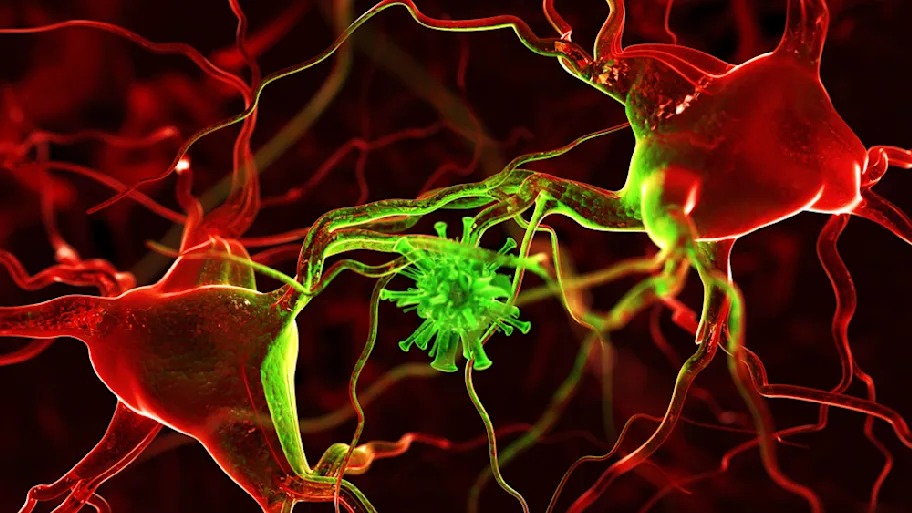
- Science news
- Frontiers news
- Sleep and Circadian Rhythms: a new Frontiers in Neuroscience section led by Stanford’s Luis de Lecea
Sleep and Circadian Rhythms: a new Frontiers in Neuroscience section led by Stanford’s Luis de Lecea

Image: Shutterstock
Specialty Chief Editor Luis de Lecea encourages both established researchers and junior neuroscientists to venture into the fascinating area of brain states and sleep.
Frontiers in Neuroscience is delighted to announce the launch of a new section, Sleep and Circadian Rhythms, in collaboration with Stanford University’s Professor Luis de Lecea as Specialty Chief Editor.
The new section will serve as a forum of high-quality, cutting edge studies on the mechanisms underlying sleep and circadian rhythms. It covers all aspects of cellular and circuit mechanisms associated with arousal states and brain oscillations, as well as feeding, metabolic homeostasis, body temperature, and other physiological functions regulating sleep and arousal.

“The field of sleep and circadian research is in the middle of an unprecedented transformation,” says Prof. de Lecea. This is due to recent developments of novel neuroscience methods that allow investigators to study neuronal circuits with “exquisite precision and specificity.”
“Investigators are unravelling unsuspected neuronal circuits associated with sleep and arousal, so we can now add more granularity to the features of sleep,” he says.
These methodological developments across the fields of systems and computational neuroscience, systems biology, and other disciplines have opened the sleep and chronobiology field to many newcomers. Despite huge growth in the field, Prof. de Lecea outlines some key challenges ahead:
“The field is still scratching the surface on the mechanisms of sleep homeostasis — one of the most important outstanding questions in neuroscience today. We are now learning that sleep/wake cycles are a critical component of the physiology of the whole organism; therefore, the links between brain states and the immune system, cancer biology, energy balance, mood disorders and neurodegeneration are also significant long-term challenges in our field and in neurosciences at large”.
Collaboration across fields has also brought benefit to sleep science research, and Prof. de Lecea picks out the growing inclusion of big data sciences and machine learning algorithms within the field. He argues that “all of these advances are defining a much clearer picture of the future of our field.”
Prof. de Lecea adds that the sleep and chronobiology field will further benefit from publishing its research as Open Access, with greater opportunities for exposure to broader audiences.
Sleep and Circadian Rhythms welcomes high-quality article submissions and Research Topic proposals.






